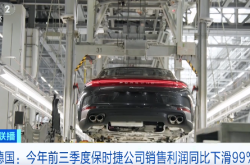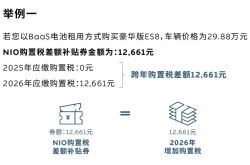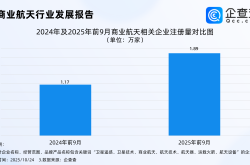Is Huawei Taking a Page from Apple’s Playbook? Huawei Mate 80 Standard Edition Sees Major Upgrades, Boosting Its Allure!
![]() 10/27 2025
10/27 2025
![]() 468
468
When it comes to understanding its user base, Apple stands out as arguably the most astute in the entire smartphone industry. A particular model iteration might seem somewhat underwhelming in terms of features and configurations—bluntly put, lacking in several areas—only to witness substantial enhancements in the subsequent generation. This sudden leap in upgrades can make users feel as though they're getting an exceptional deal. In truth, the features that Apple incorporates into its new models are often already commonplace among its rivals. Yet, Apple enthusiasts wholeheartedly embrace this strategy. This phenomenon is particularly evident with this year's iPhone 17 Standard Edition, which has seen its sales skyrocket. Currently, the only factor limiting even faster sales growth is production capacity. Personally, I believe that once supply issues are effectively addressed, sales of the Standard Edition will experience another significant surge.
Concentrating upgrades on the Standard Edition appears to be emerging as a trend within the industry, with both flagship and subsidiary models adopting this approach. Even Huawei, which has maintained a relatively low profile lately, seems to be following suit. According to the latest leaks, the entire Mate 80 series, slated for release next month, will feature 3D facial recognition capabilities, including the Standard Edition.
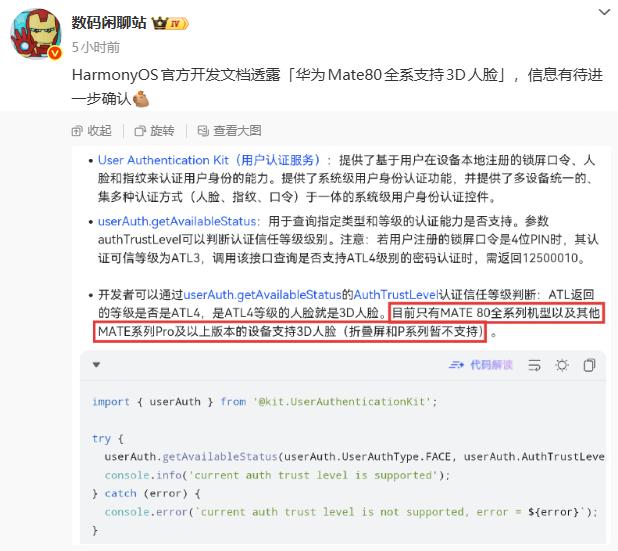
Moreover, this isn't just unverified information from third-party sources; it's data that has appeared in Huawei's developer documentation, lending it a high degree of credibility. Although there have been reports suggesting that the documentation is no longer accessible, it remains unclear whether it has been deleted or simply hidden. Since this information has already been made public, many have chosen to believe in its authenticity. Regarding Huawei's decision to incorporate Pro-level features into the Standard Edition, I believe that with HarmonyOS at a pivotal stage of development—HarmonyOS 5 is gradually reaching maturity, and HarmonyOS 6 has already been unveiled—there's a pressing need for more new devices to promote the ecosystem.
Once 3D facial recognition is introduced to the Mate 80 Standard Edition, it will possess a unique advantage outside of the Apple ecosystem. Many Huawei fans have expressed that if the next-generation Standard Edition supports this feature, they will forgo the Pro version. Personally, I believe this will be a significant driver of Mate 80 sales growth. However, one might wonder: won't this impact sales of the other three versions? I don't think there's cause for concern.
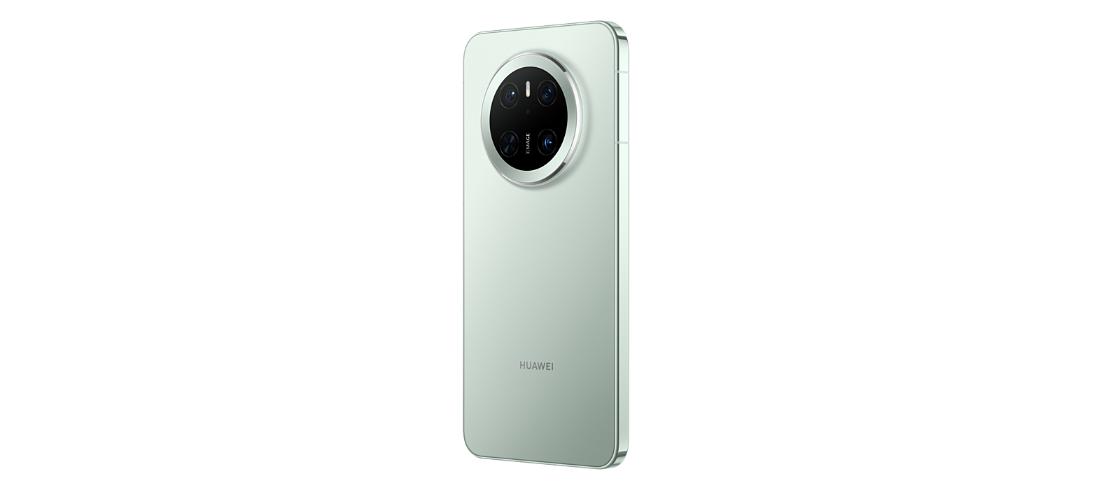
If Huawei can introduce important features to its new devices in this manner, it suggests that the Pro and higher-end models will boast even more innovative content. For instance, rumors suggest that eSIM will make an appearance in the Pro+, but it will likely coexist with physical SIM cards, rather than adopting Apple's more radical approach. Additionally, satellite internet access may be exclusive to Pro and higher-end models. From a practical standpoint, those who have experienced 3D facial recognition generally do not revert to fingerprint recognition, as it is simply far more convenient.
Furthermore, another standout feature of the Mate 80 series is the Kirin 9030 chip. Reports indicate that its process technology will be upgraded to an even higher standard. Although there is still a noticeable gap compared to the latest top-tier chips from competitors, this represents the pinnacle of what Huawei can currently achieve. A crucial factor for the rapid development of the HarmonyOS ecosystem is developer confidence. Only with a sufficient number of devices can there be hope for profitability. As Huawei's flagship smartphone series, the Mate series must undoubtedly lead the charge.
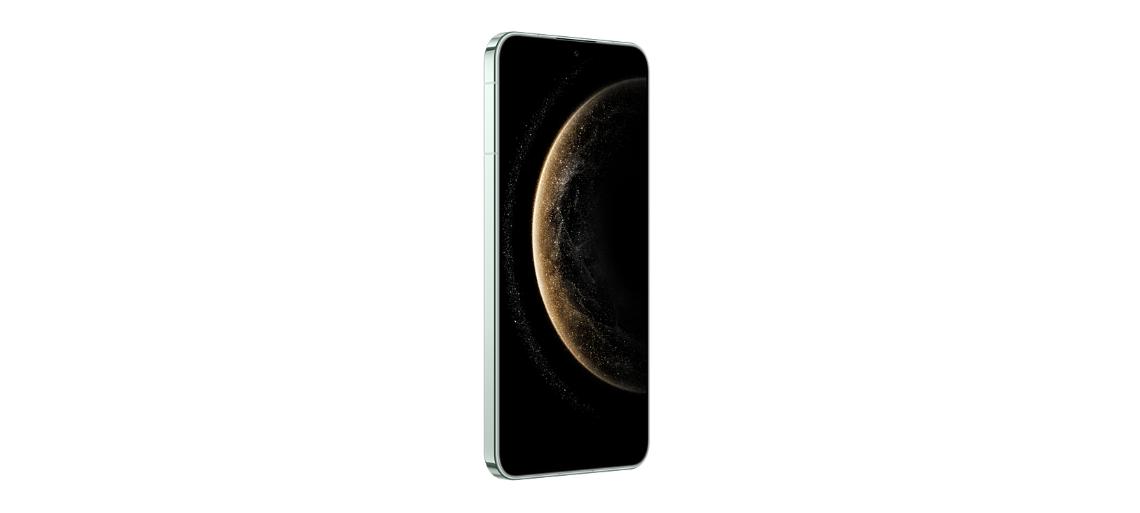
As for the pricing, I anticipate that it will still start at 5499 yuan. What are your thoughts?

